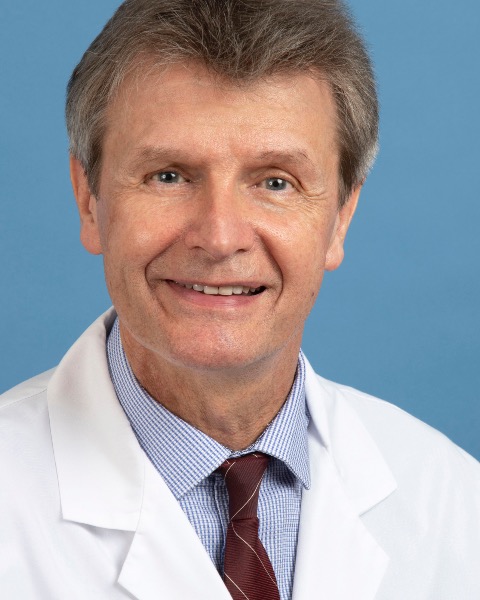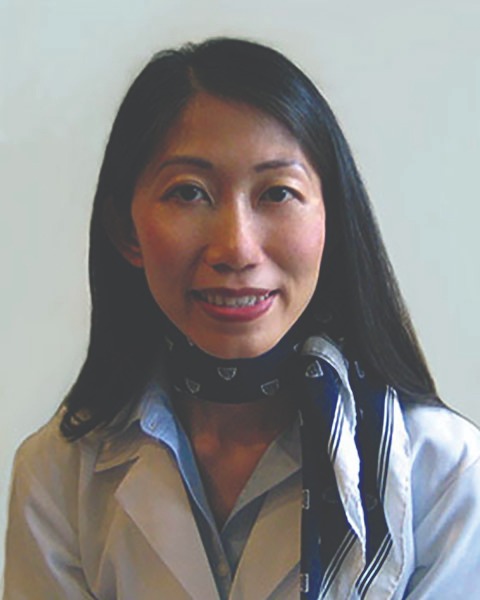Rapid Fire Abstracts
Reproducibility of Myocardial Strain on Cine DENSE MRI before and after Contrast Administration at 3T (RF_FR_379)
- SL
Siyue Li, PhD
Postdoctoral Scholar
University of California Los Angeles, Los Angeles, CA, United States - SL
Siyue Li, PhD
Postdoctoral Scholar
University of California Los Angeles, Los Angeles, CA, United States - AP
Arutyun Pogosyan, MD
Staff Research Associate
David Geffen School of Medicine at UCLA and VA Greater Los Angeles Healthcare System - SS
Shu-Fu Shih, PhD
Project Scientist
University of California, Los Angeles - ZM
Zhengyang Ming, BSc
B.S.
University of California, Los Angeles - BD
Brian M. Dale, PhD, MBA
Project Manager
Siemens Medical Solutions USA, Inc, Cary, North Carolina, United States - FH
Fei Han, Ph.D.
Senior Scientist
Siemens Medical Solutions USA, Inc. 
J. Paul Finn, MD
Professor
University of California, Los Angeles
Kim-Lien Nguyen, MD
Associate Professor of Cardiovascular Medicine and Radiology
David Geffen School of Medicine at UCLA and VA Greater Los Angeles Healthcare System- XZ
Xiaodong Zhong, PhD
Siemens Healthcare
Presenting Author(s)
Primary Author(s)
Co-Author(s)
MRI with displacement encoding with stimulated echoes (DENSE) is regarded as the standard for precise quantification of myocardial displacement and strain1-7, but its reproducibility before and after contrast injection has not been investigated. Gadolinium is most widely used,8 while ferumoxytol is increasingly used off-label in select patient groups9-11. We aim to assess the reproducibility of cine DENSE to measure global and regional circumferential myocardial strain (Ecc) before and after contrast injection.
Methods:
All imaging was performed on Siemens 3T Skyra scanners. In 8 patients, breath-held 2D cine DENSE was acquired in a mid-ventricular short-axis slice prior to and following injection of gadobutrol 0.1 mmol /kg. A separate cohort of 11 subjects (5 normals and 6 patients) received three incremental doses of ferumoxytol; 0.125, 1.875, and 2.0 mg/kg (to a cumulative dose of 4 mg/kg). The same DENSE acquisition was performed before and after each incremental dose. Imaging parameters included FOV=360´360mm2, pixel size=2.8´2.8´8mm3, TR/TE=16/1.08ms, cardiac phases=22-25, spiral interleaves=6, displacement encoding frequency=0.10cycles/mm. Post-processing3-4 generated left ventricular (LV) displacement and Ecc maps, and strain-time curves. Global and regional Ecc in 6 mid-level short-axis LV segments12 were compared. Signal-to-noise (SNR) was evaluated on the magnitude images at the end-systolic phase in myocardium, liver, and back muscle respectively. A posterior analysis was performed to test results with regions of practical equivalence (ROPE) at ±10 for SNR and ±0.02 for Ecc (p< 0.05 as significant).
Results:
Representative end-systolic short-axis magnitude and phase images, displacement maps, Ecc maps, and strain-time curves of 6 LV segments for two contrast agent cohorts are shown in Fig. 1, demonstrating good agreement between pre- and post-contrast measurements. The median and interquartile range of SNR values (pre vs. post) were compared for myocardium, liver, and muscle (Fig. 2). SNR showed no significant difference post- vs pre-contrast for any tissue with gadolinium (p≥0.138) or any dose of Ferumoxytol (p≥0.081). Fig. 3A presents Bland-Altman plots depicting the comparison of global Ecc, where no obvious biases of mean difference (MD) values were observed. The MD and level of agreement (LoA) values of Bland-Altman plots for regional Ecc are listed in Fig. 3B. Ecc in all LV segments had no significant difference pre- and post-gadolinium (p >=0.094), except middle anterior (p=0.038). No significant difference pre- and post-ferumoxytol was observed at any segment or dose (p >=0.073), except middle inferior with 0.125 mg/kg (p=0.040).
Conclusion:
Good reproducibility of global and regional Ecc measurements using cine DENSE before and after contrast injection is achievable at 3T. Further validation at different field strengths may facilitate efficient inclusion of routine strain imaging in clinical workflows with contrast injection.

